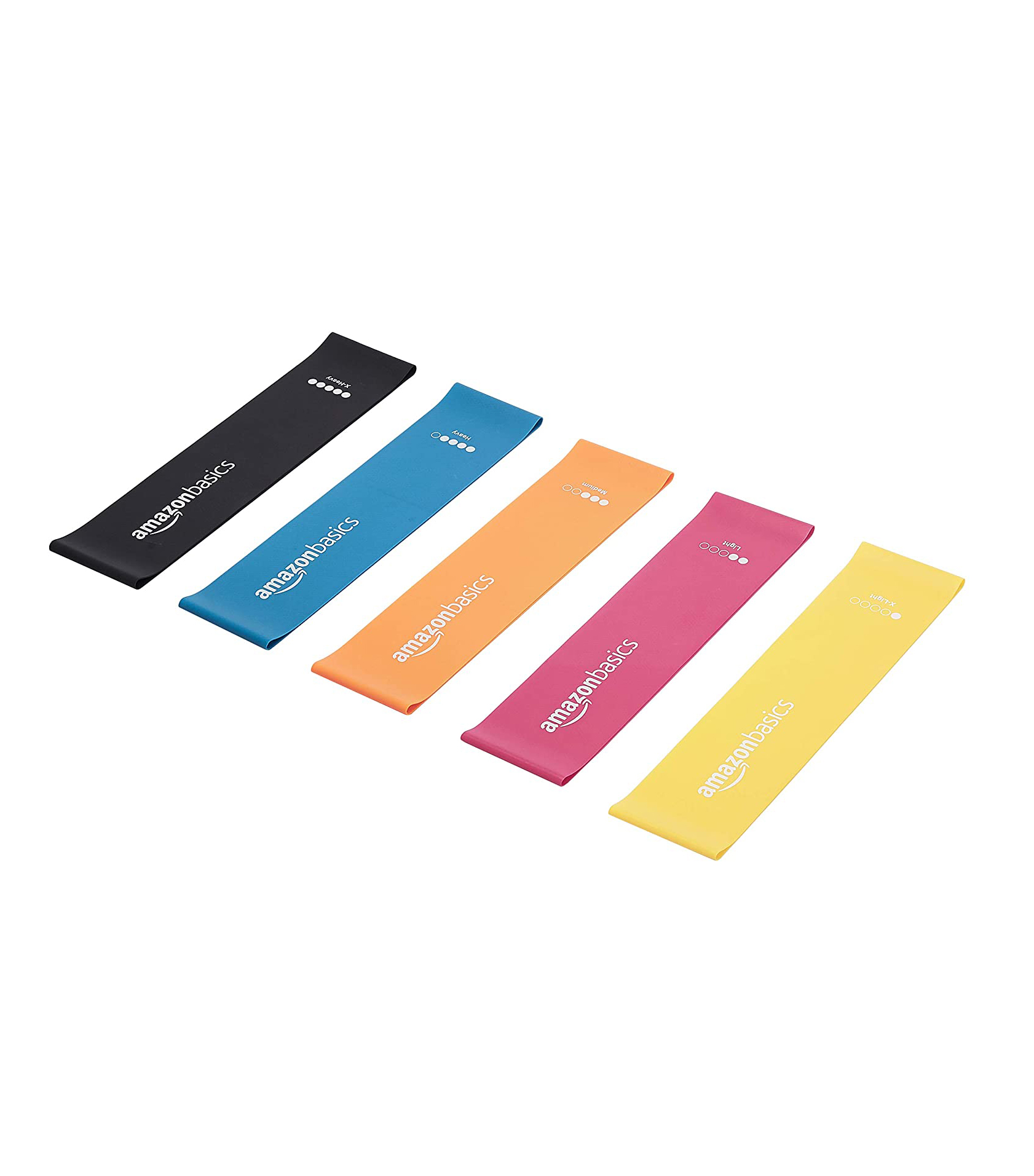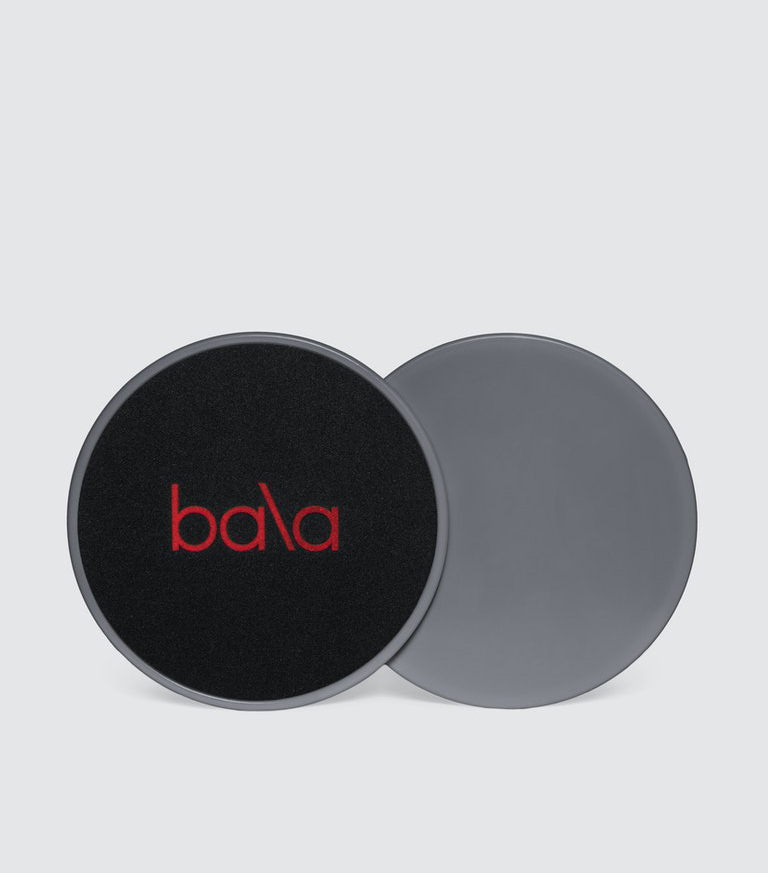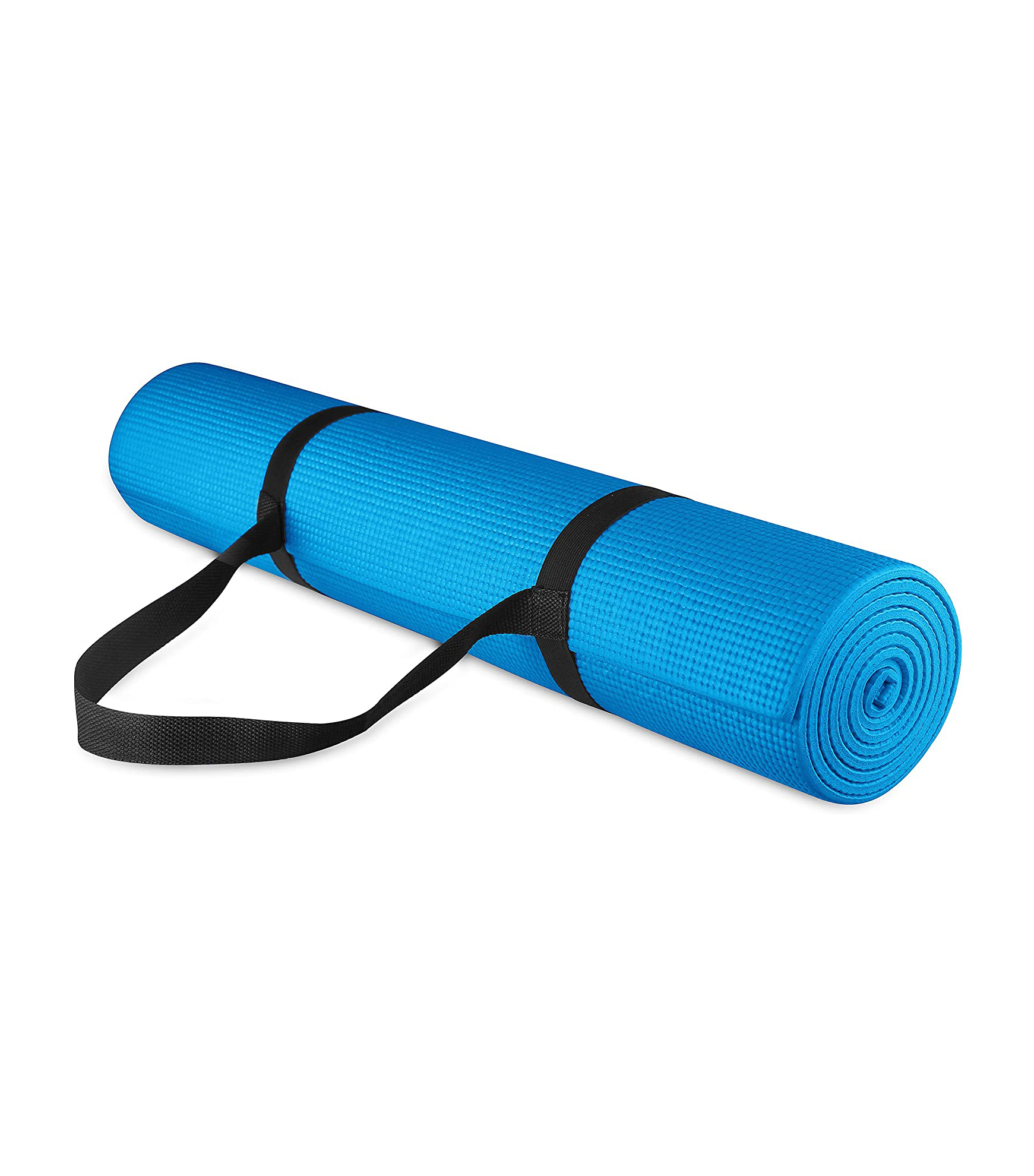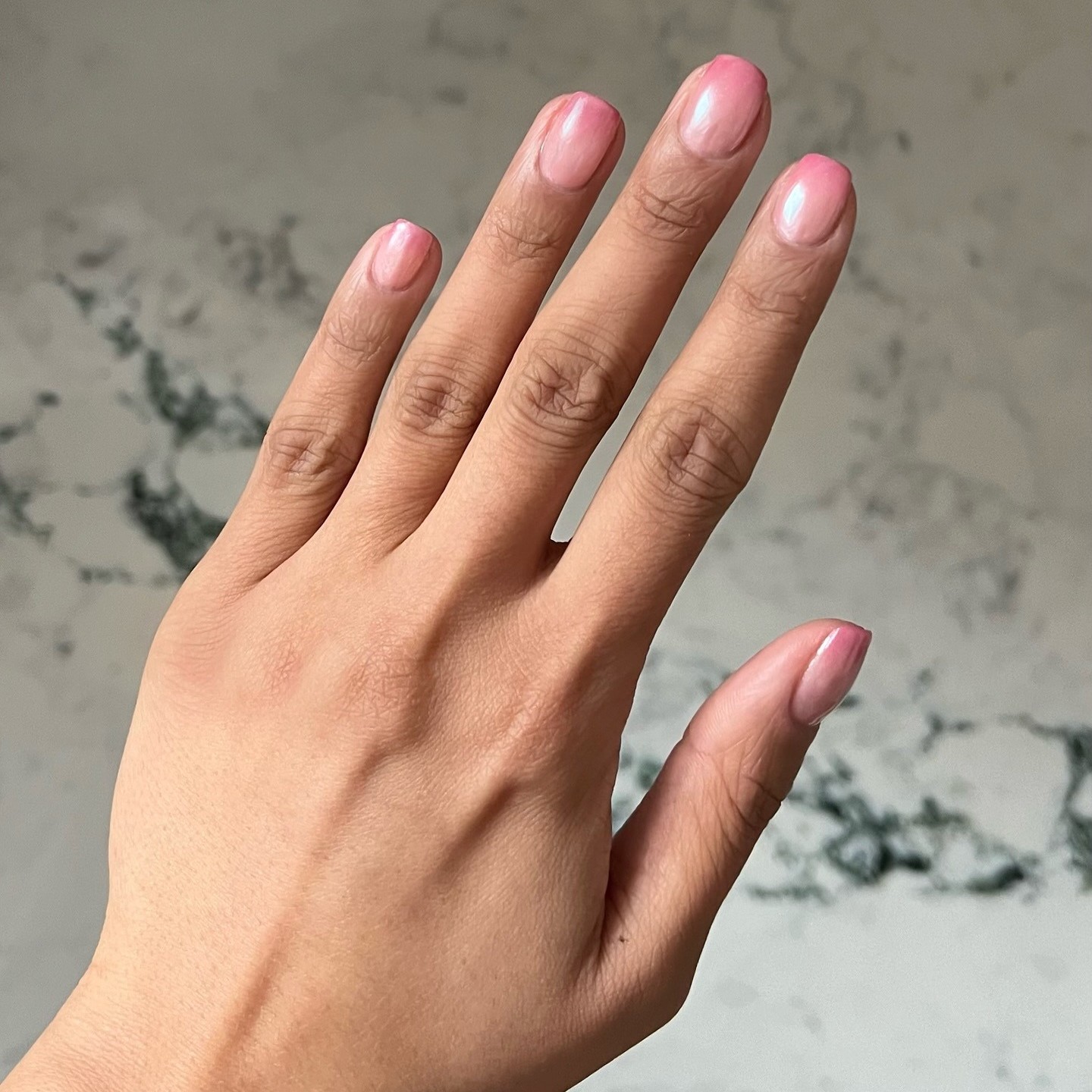This Is the Most Effective Workout You Can Do at Home
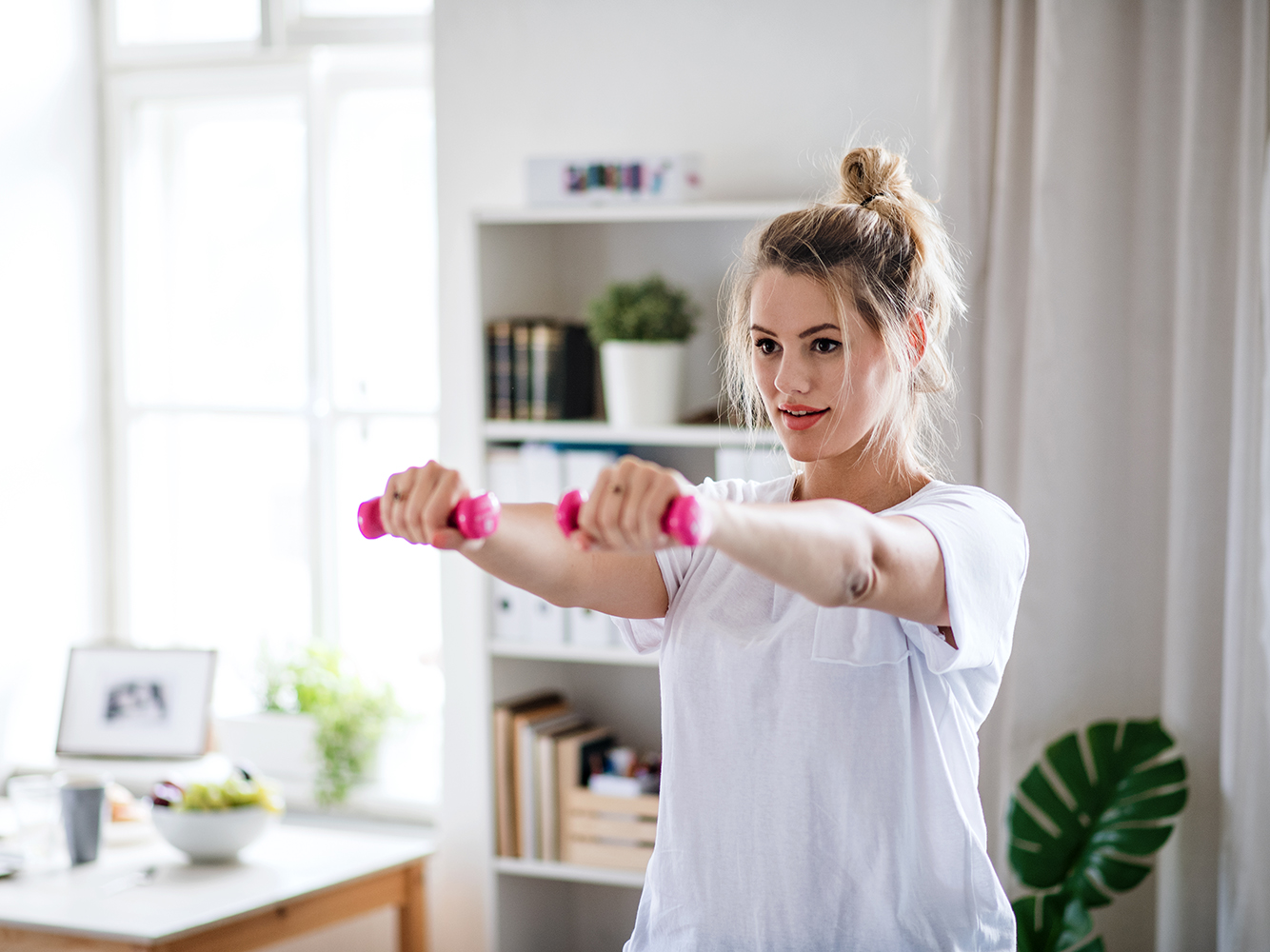
It doesn't matter if you work out regularly or haven't worked out in a minute—there's one thing we all probably have in common: We want our workouts to be both fun and effective, right? You get more motivation to push harder when you're actually looking forward to whatever fitness routine you're doing. I know I'm more likely to get out of bed for a morning sweat session if the workout is going to seem to fly by because I'm having a good time and the music is full of bops.
Here's where HIIT workouts can come in handy. Okay, I know. The term "HIIT" can kind of seem scary and a little too intense—I mean, it does have the words "high" and "intensity" in its name. But adding HIIT sessions to your fitness routine can be so effective, and dare I say it, actually fun.
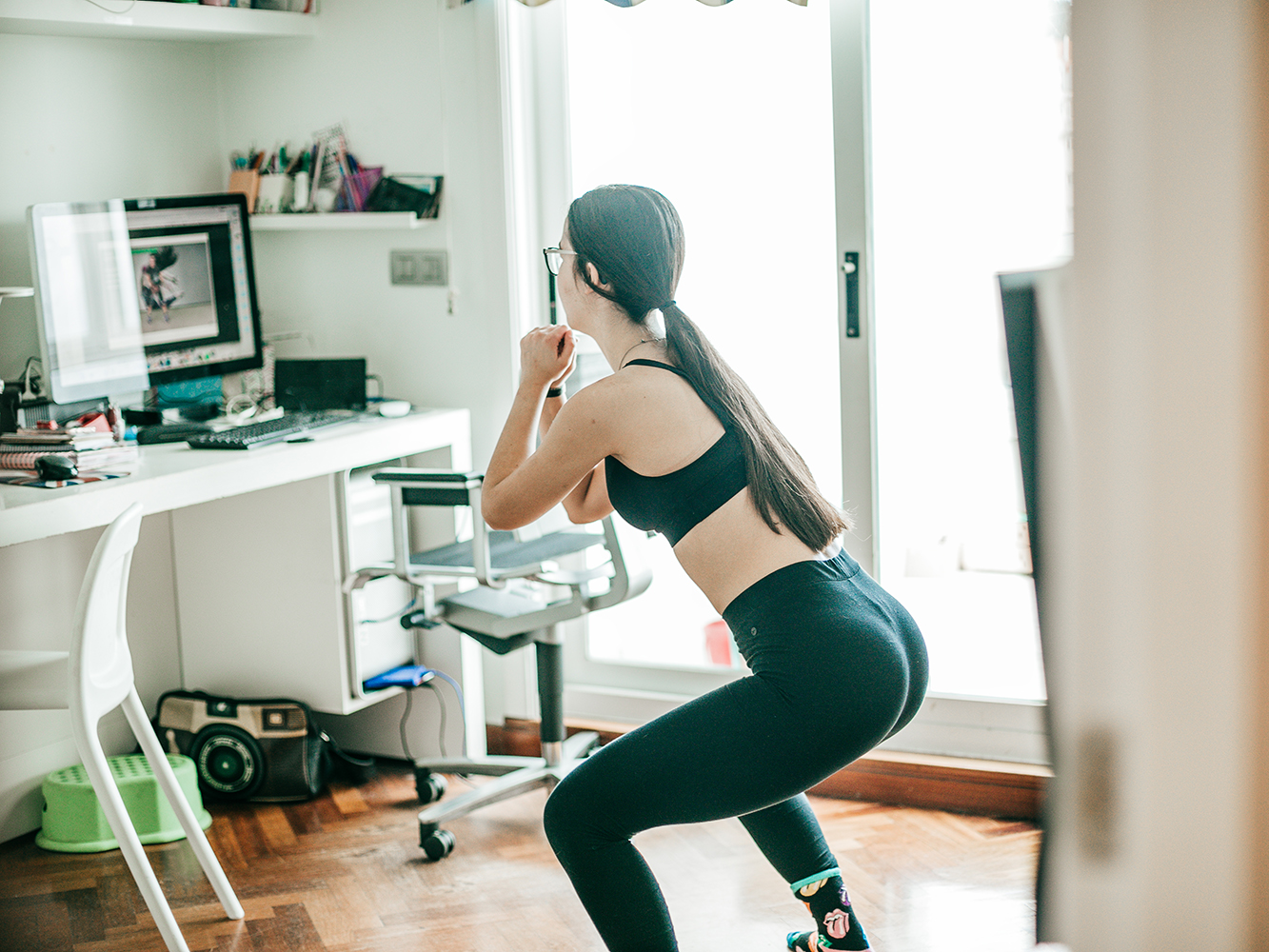
"HIIT stands for high-intensity interval training, which sounds intimidating on its face, but really shouldn't," explains Bree Branker Koegel, NASM CPT, and FitOn App trainer. "Interval training, or deliberately utilizing work to rest ratios, is becoming very popular, and for good reason! The high-intensity aspect has to do with heart rate, so when in concert, you're looking at a workout that will aim to raise your heart rate to a pretty high threshold quickly, and then ask your body to recover quickly as well."
Mindbody fitness specialist and ACE-certified personal trainer Dania Valdes says that since the intensity of this style of training is greater, the training time should be shorter: "This kind of vigorous intensity can be considered training above 80% of our heart rate max (MHR)."
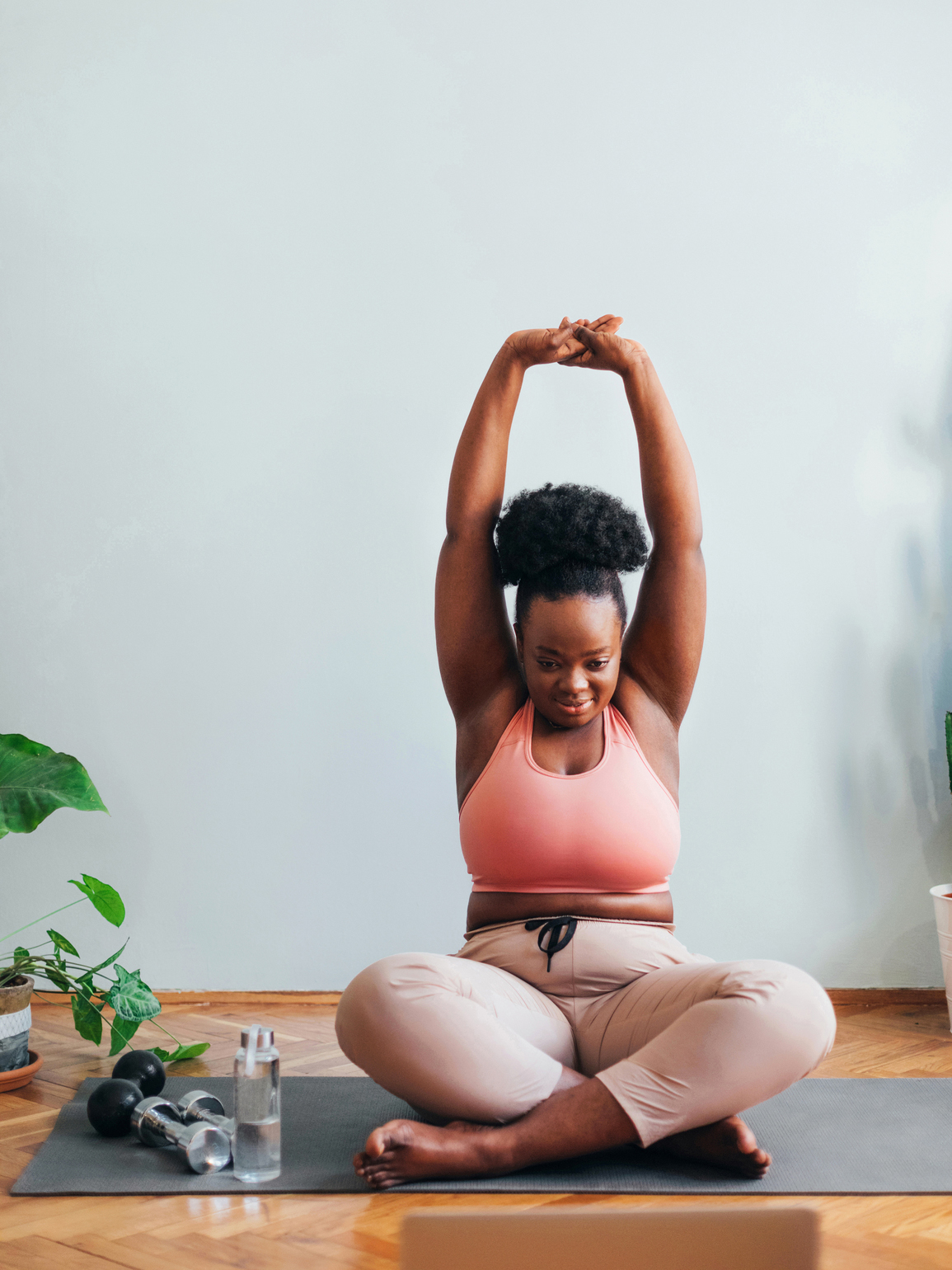
HIIT workouts come with a lot of benefits. First, it helps make your heart stronger. "As you can tell from the description, a HIIT workout asks a lot from your heart," Koegel says. "If we think of the heart as a muscle (which we should), it makes more sense, that we are literally flexing that muscle and asking it to exert a lot. By offering intermittent recovery periods, the heart learns to relax and rest more quickly, making it a more efficient muscle. As with any muscle, you want to efficiently deplete your tank, rather than burn out early."
They're also a good option if you're short on time and can't do an hour-long workout. Onyx instructor Erika Parkinson, NASM, says HIIT workouts give us the opportunity for an effective workout in a shorter period of time. She adds that since many of the exercises combine cardio and full-bodied strength training, you're burning more calories and toning at the same time. And that's not all: "Some studies have shown that HIIT can also improve cognitive function through the production of a protein that promotes the growth of new brain cells," Parkinson says.
Another great thing about HIIT workouts is you really don't need equipment, which is especially clutch when you're exercising at home. Many of the moves can be easily done using bodyweight. But if you do want to get a few essentials, you won't need huge equipment or gear. "Typically for HIIT class you'll need a light set of dumbbells—the weight depends on your preference and fitness level—and sometimes a mini resistance band," says Mindy Lai, bande instructor.
As for how often you should do HIIT workouts, you'll want to make sure you schedule in some rest days. The frequency will also depend on your fitness level and wellness goals. Parkinson recommends HIIT workouts two to three times a week. "Giving yourself ample recovery time is very important and gives you longevity in your fitness life," she says. "It's important to work hard but know when to give yourself some self-care!"
Valdes also notes that per the 2018 Physical Activity Guidelines for Americans, 2nd edition, the recommended amount of weekly cardiovascular activity for adults is 150 minutes of moderate-intensity activity, 75 minutes of vigorous-intensity activity, or a combination of the two at least two days per week. "For example, you may do HIIT three times per week for 25 minutes each session—totaling 75 minutes of vigorous-intensity activity for the week. Remember to rest between exercise sessions," Valdes adds.
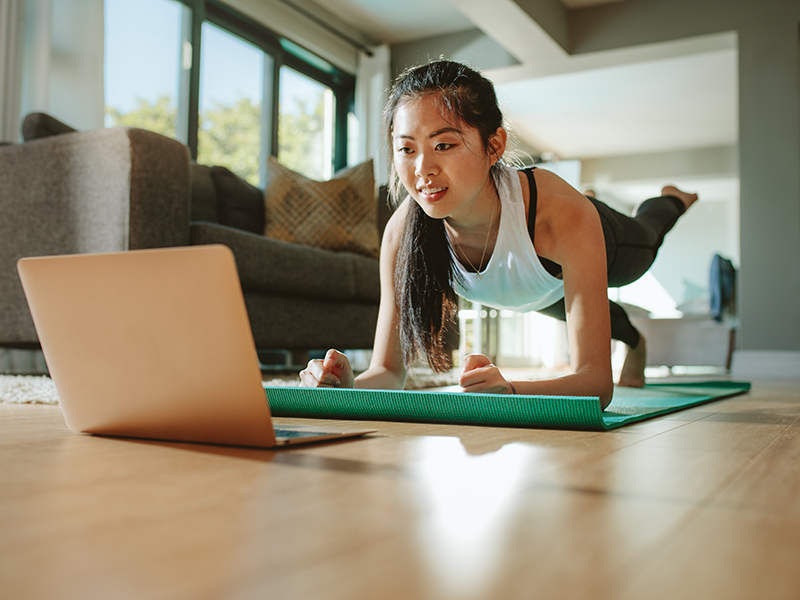
If you're just starting out with HIIT workouts, you'll want to build up to it. "For beginners I would recommend increasing the duration of their moderate-intensity activity first before moving onto vigorous activity training," says Valdes. "You will also want to become familiar with how to perform basic movement patterns correctly: Bend and lift, single-leg, pushing, pulling, and rotational movements. Once you are ready to move onto vigorous-intensity training, you may start with a work-to-rest ratio that suits your fitness level. For example, you may work for 20 seconds and rest 10 seconds. You can also work for 30 seconds and rest 15 seconds."
Don't forget to warm up so your body is ready for the workout. During the HIIT session, listen to your body. "Take your time! Literally. If you need to catch your breath during a working interval, go with that instinct," Koegel says. "If you're not breathing, you're definitely not exercising. Your body will appreciate the practice, and get more efficient in time."
Also, don't make the workout hard to just be hard. "Yes, you should challenge yourself and push yourself to your edge, but practicing strong form in your workouts will make your work more efficient and take care of your body in the long run," adds Parkinson.
HIIT Workouts You Can Try
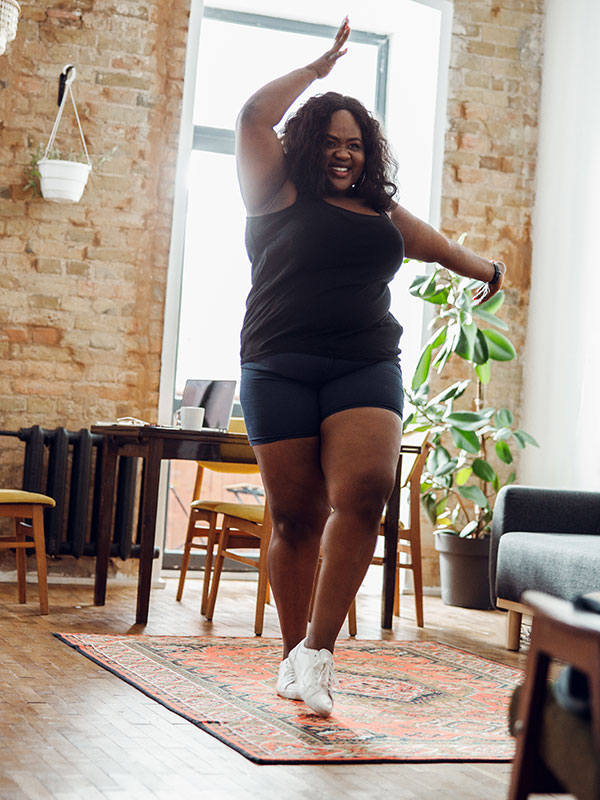
1. Quick option: "Let's run in place for 40 seconds, followed by 20 seconds of rest, and repeat four times. Then let's do 50 seconds of squats, followed by 10 seconds of squat jumps, repeat four times, and rest for one minute," Koegel says. "Right away, you can tell your heart is being asked to stay engaged in a challenging way! But in no way did I ask for a certain number of reps to qualify as completing the workout. Again, it's the work-to-rest ratio that is important!"
2. Tabata push-ups: Koegel recommends getting into a plank position, then do push-ups for 20 seconds, and hold plank for 10. Repeat it eight times! "This is a classic tabata-style workout, that will certainly leave you gassed by the end! Don't forget you can always modify to your knees," she says.
3. Dance it out: Parkinson says she likes the 30-second method when it comes to HIIT workouts, which is 30 seconds of high-intensity movement followed by 30 seconds of recovery. "Turn on your favorite high-energy song (I'm thinking Beyoncé or Rihanna) and during the choruses you dance like no one is watching!" Parkinson says. "Dance hard, get sweaty! Then during the verses, keep moving but recover during that time. Repeat until the end of the song. You can do this for one song as you start off or make a playlist of a couple of songs to challenge yourself."
4. Plank push-ups: Parkinson also suggests doing high straight-arm plank push-ups for 30 seconds (as many as you can do) and then hold your plank for 30 seconds. "Planks are amazing full-body exercises, and if push-ups aren't your jam, try tricep push-ups or mountain climbers!" she adds.
5. Full-bodied HIIT exercise ladder: "For 30 seconds, do jumping jacks; for 30 seconds, hold a straight arm plank; for 30 seconds, do squat jumps; then follow with 30 seconds of push-ups; and finish with a 30-second recovery. Repeat this order for five to six minutes and have fun!" Parkinson says.
6. Squats and planks: Lai recommends do 30 seconds of pop squats and 10 seconds of a plank hold, then repeating four times.
7. Jumping jacks and squats: Lai also gives this setup: 30 seconds of jumping jacks and 10 seconds of squats. Repeat four times.
8. Reverse lunges: And another one from Lai: 45 seconds of reverse lunge knee drives and 15 seconds of hand-to-knee marches, repeating right, left, right, left.
9. 20-minute routine: You'll need a stepping bench and a resistance loop to complete this workout from Valdes below. "Completing these five exercises is one cycle," she says. One cycle takes five minutes to complete. You rest 15 seconds before moving on to the next exercise. Repeat the cycle 4 times.
— Warm-up for at least five minutes (skip or jog in place, do jumping jacks, etc.).
— Exercise 1: Bodyweight squats for 45 seconds. Rest 15 seconds.
— Exercise 2: Mountain climbers for 45 seconds. Rest 15 seconds.
— Exercise 3: Lateral walk (resistance loop needed) for 45 seconds. Rest 15 seconds.
— Exercise 4: Forearm plank jacks for 45 seconds. Rest 15 seconds.
— Exercise 5: Alternating steps ups (bench needed) for 45 seconds. Rest 15 seconds and go back to Exercise 1.
— Cool down for at least five minutes (do some slower movements, as our heart rate gradually increases, and don't forget to stretch at the end).
At-Home Fitness Gear to Check Out
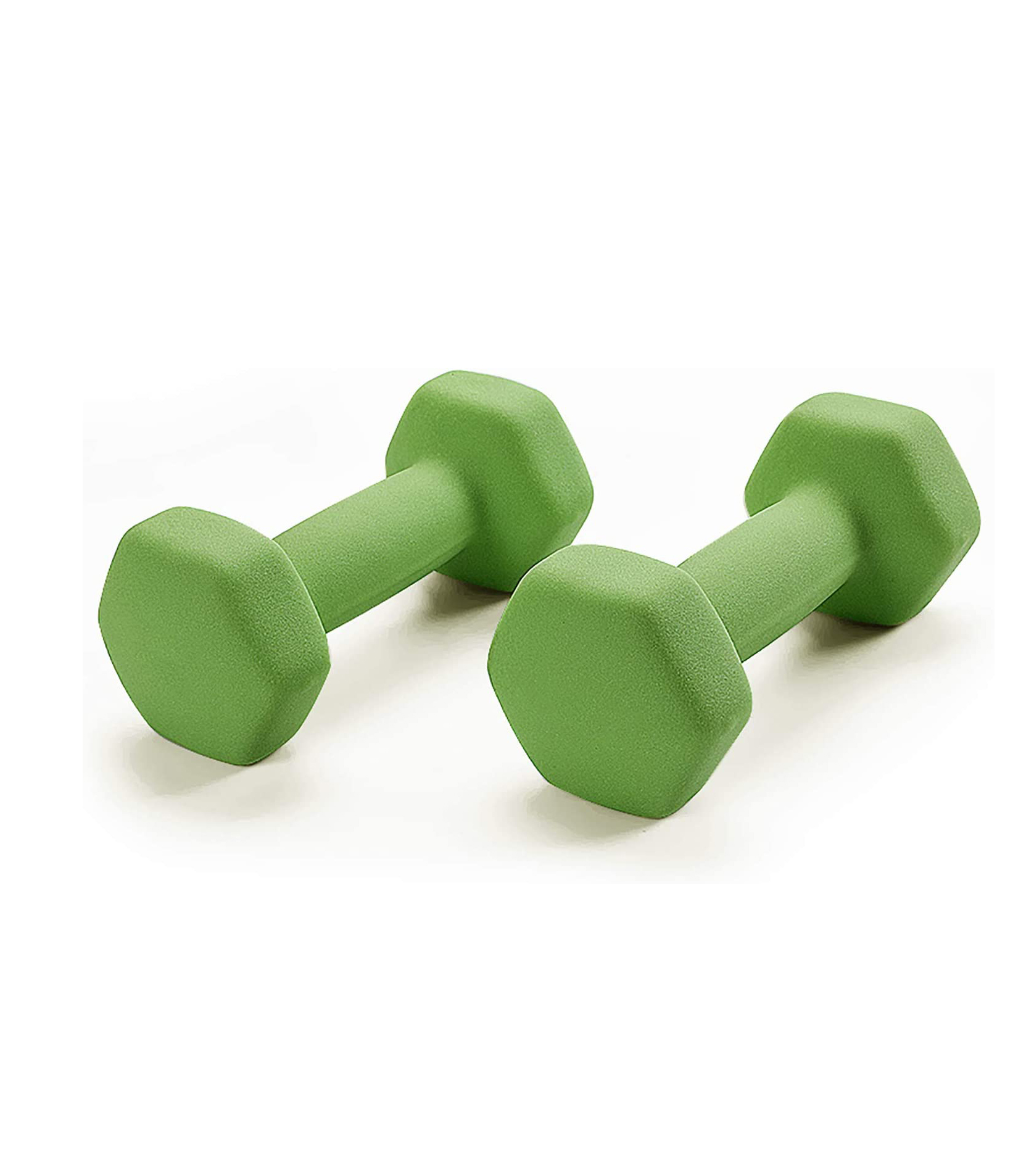
These dumbbells have a non-slip grip and are made of solid cast-iron.
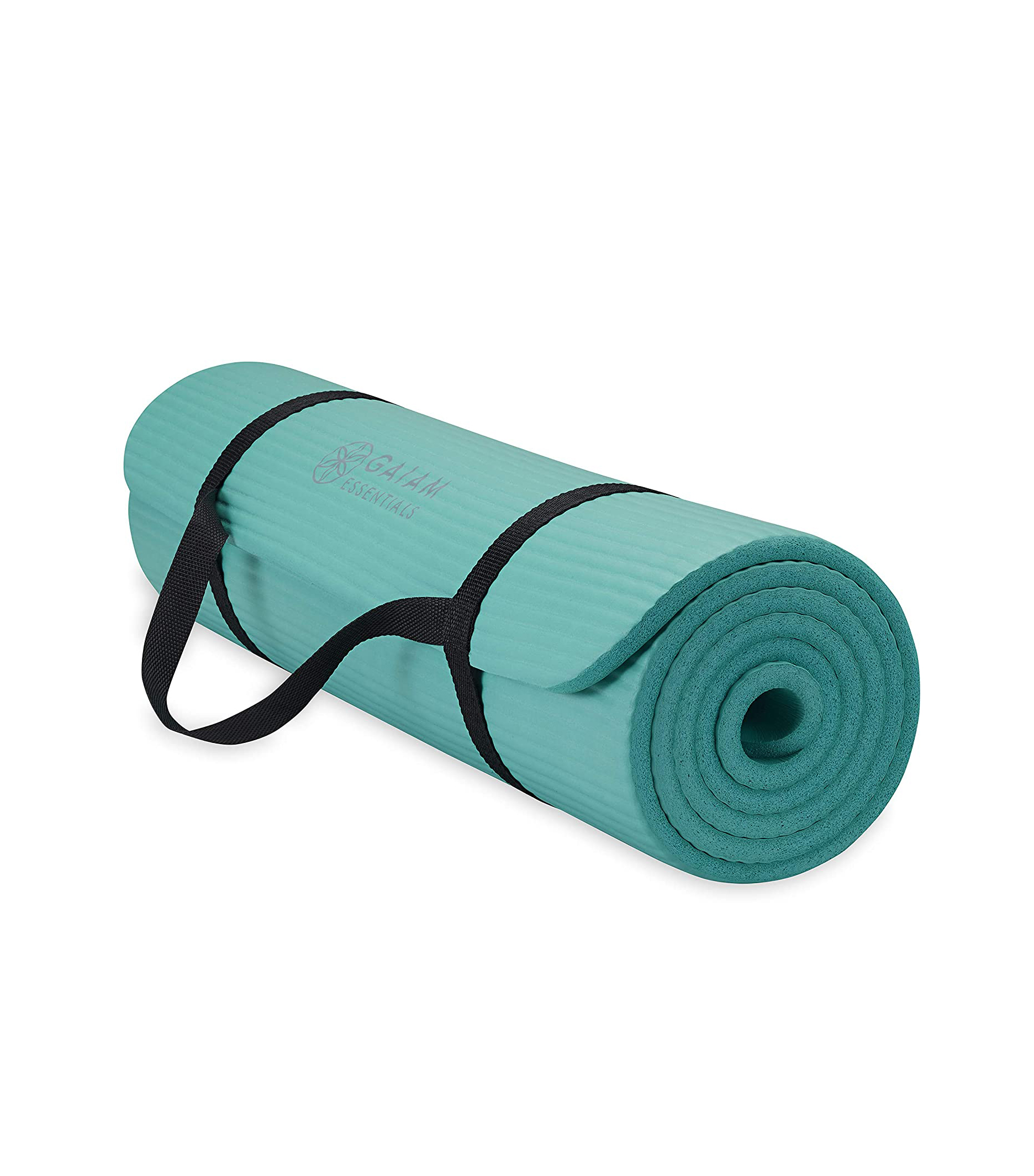
If you're going to have one piece of fitness gear in your home, a mat is a good place to start. It will come in handy for all sorts of workouts.
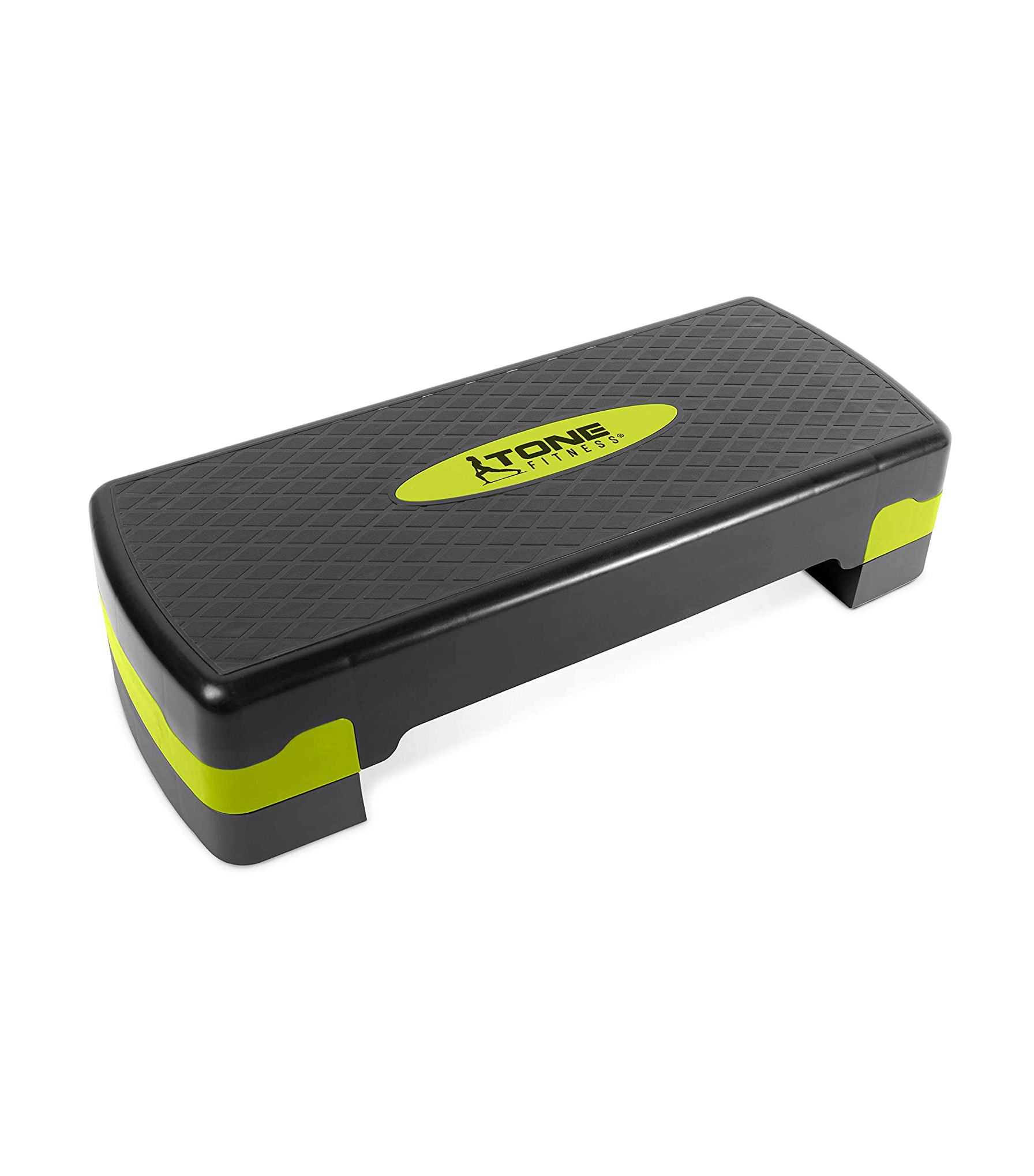
This step platform has two different adjustable height levels: four inches or six inches. It also has a non-slip surface.
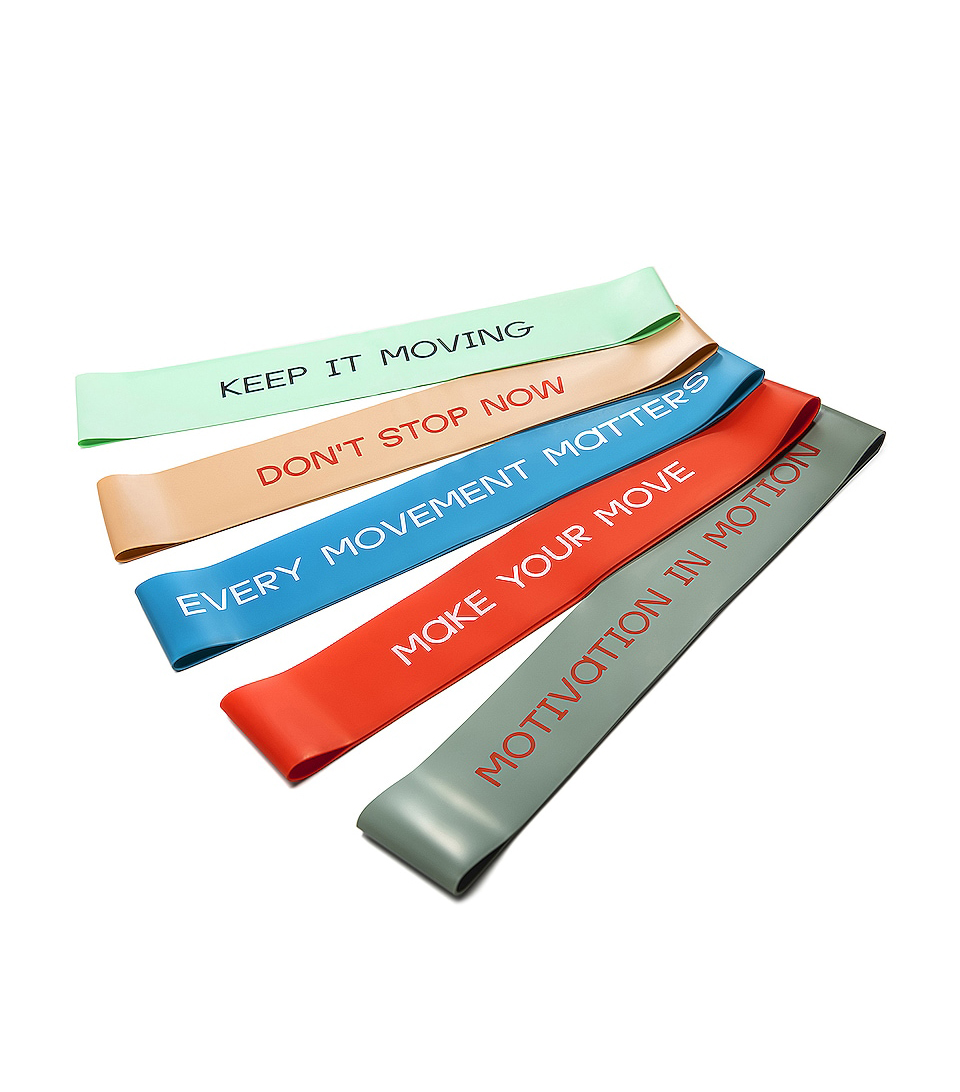
This set has five resistance levels that range from extra light to extra heavy. They're also emblazoned with motivational phrases like "Keep it moving," and "Don't stop now."
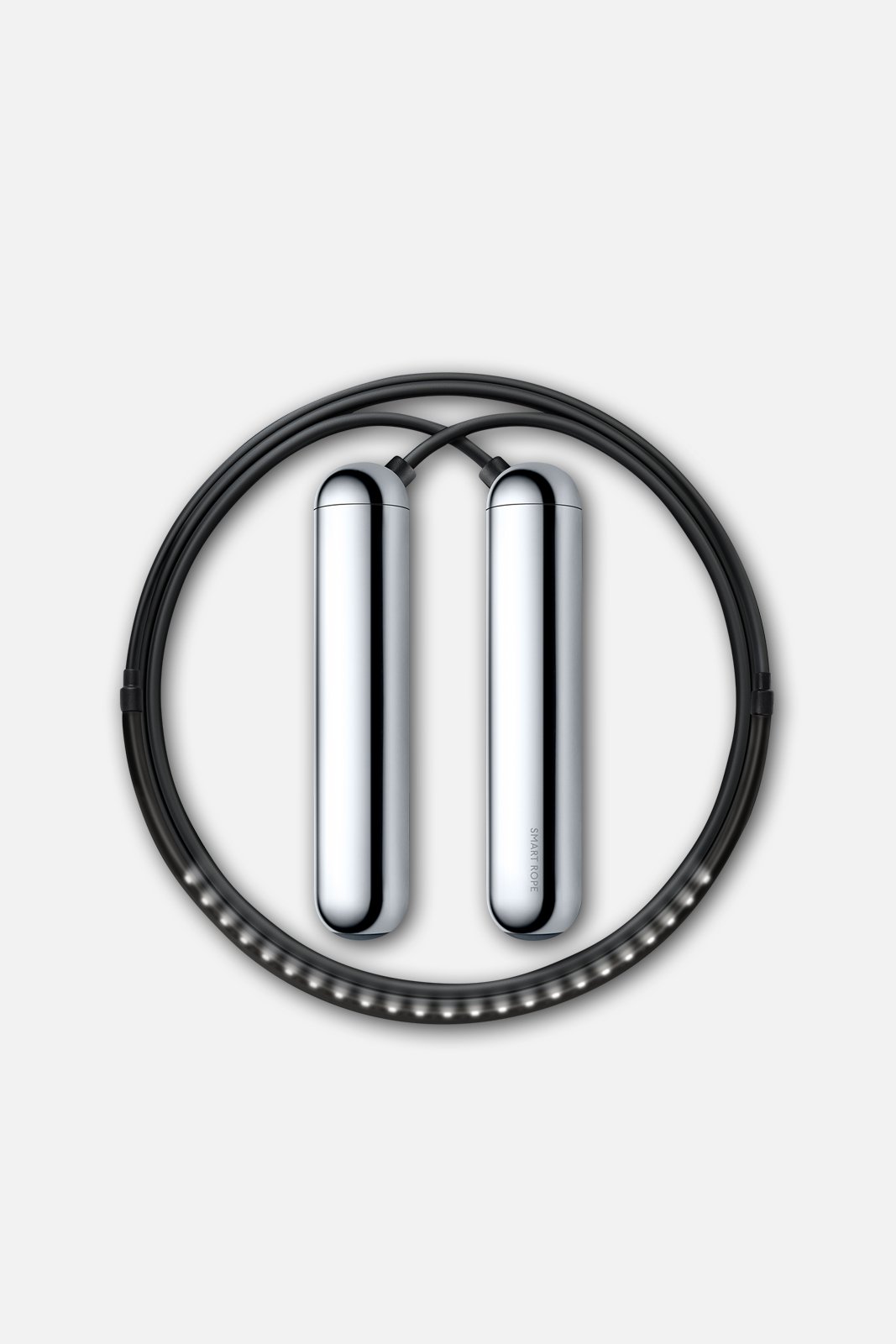
Tangram's jump rope is a high-tech jump rope with LED lights, jump count display, and a complementary mobile app to track your workouts. You can also adjust it for height and your preferred jump stance.
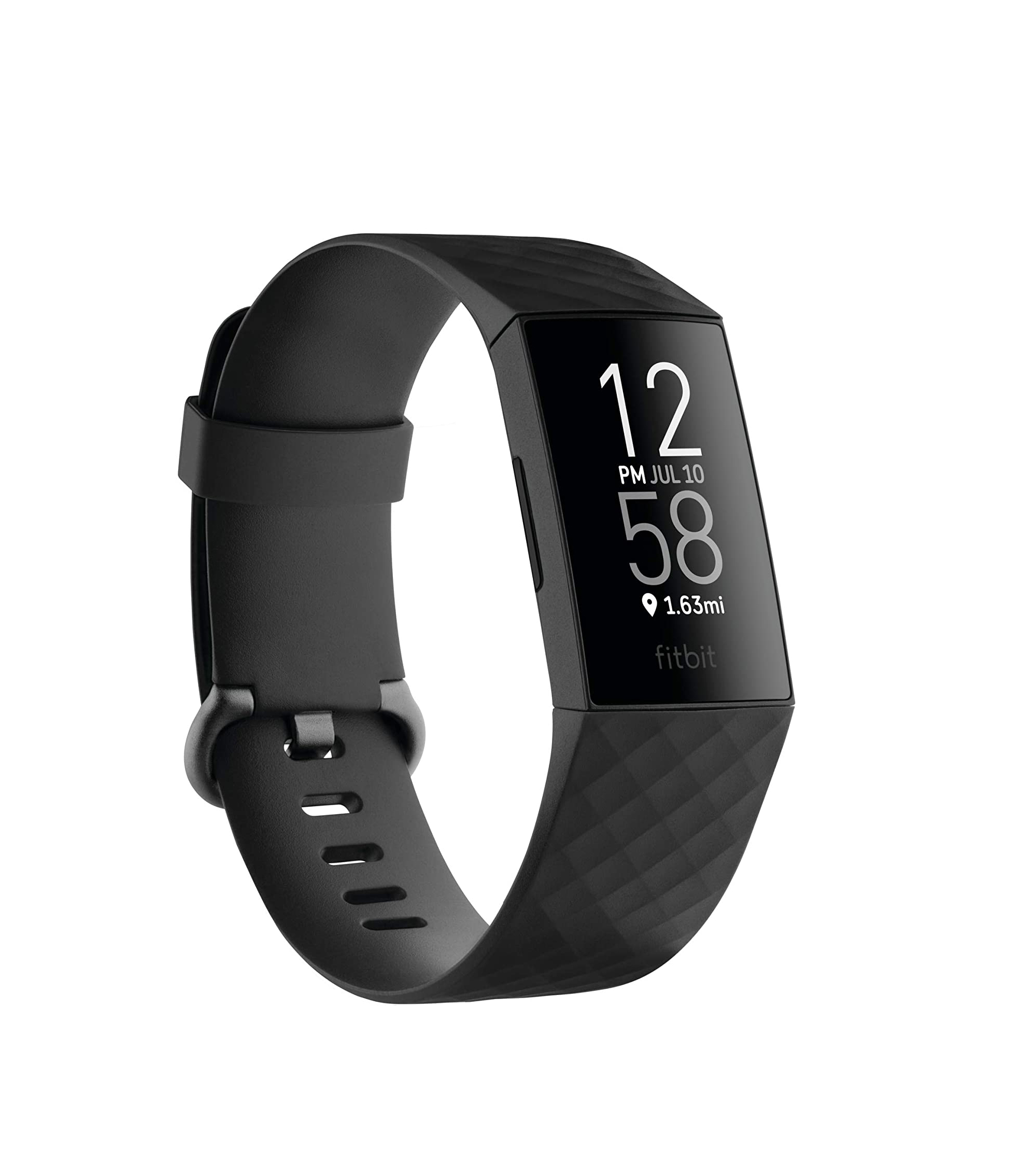
Tracking your heart rate during HIIT workouts can help you monitor your progress. The Fitbit also tracks your sleep, calories burned, steps, and more.
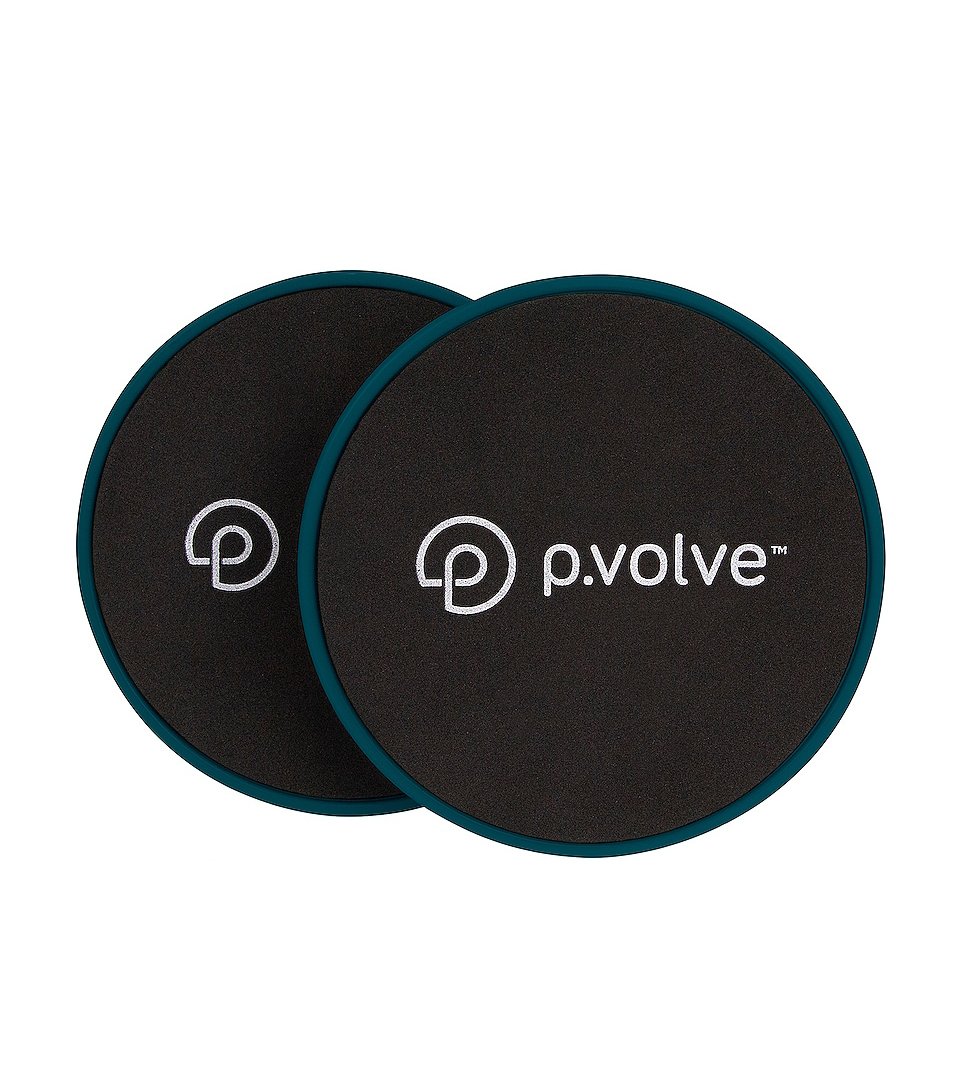
Sliders can be used for a bunch of different exercises, and let me tell you, they are no joke. Whenever a workout calls for them, I say a few curse words, but know they're so good for toning and strengthening.
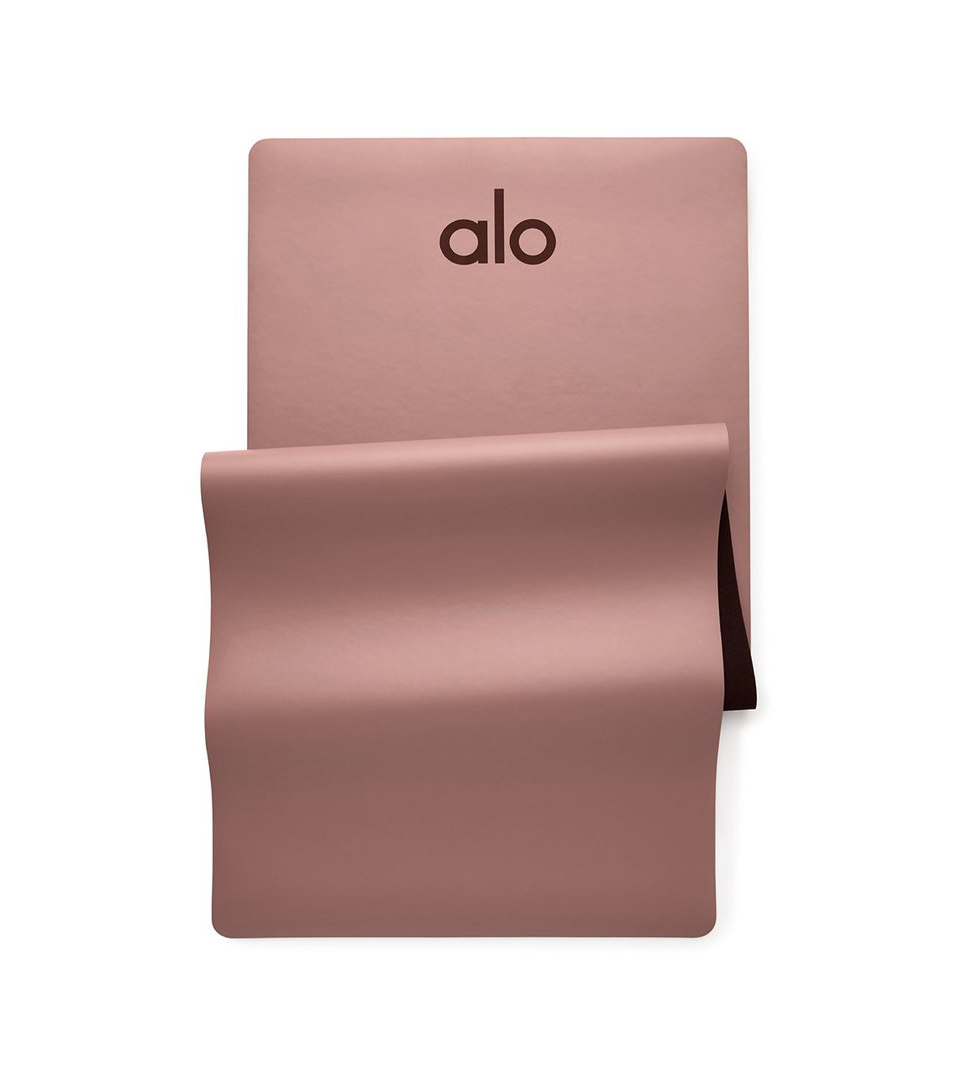
I think I use my Alo yoga mat for workouts other than yoga more often than not. I love that it's really roomy.
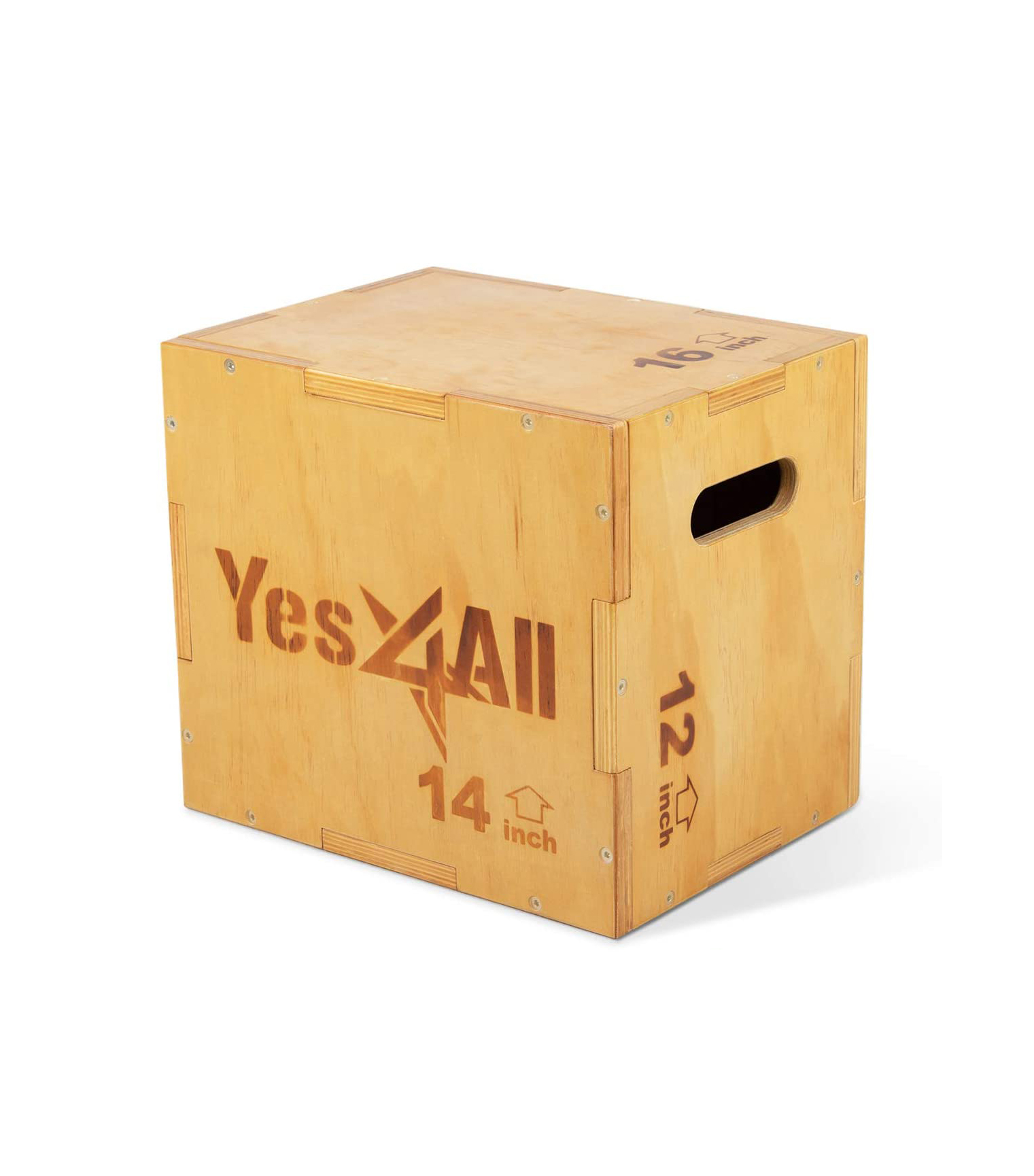
Valdes says a plyometric box might come in handy for HIIT exercises.
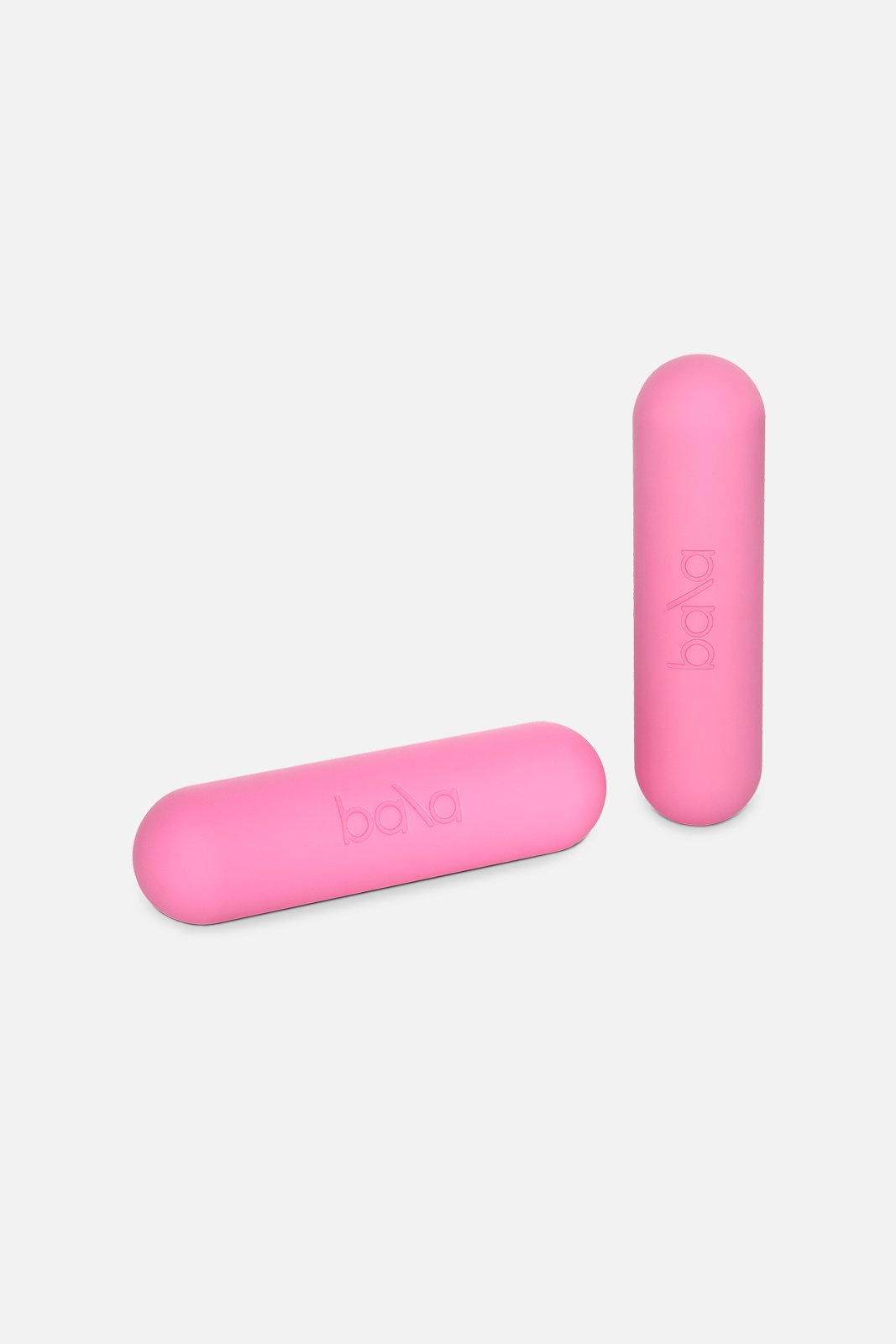
These bars are such a unique and sleek shape. They're made of recycled stainless steel and wrapped in silicone.
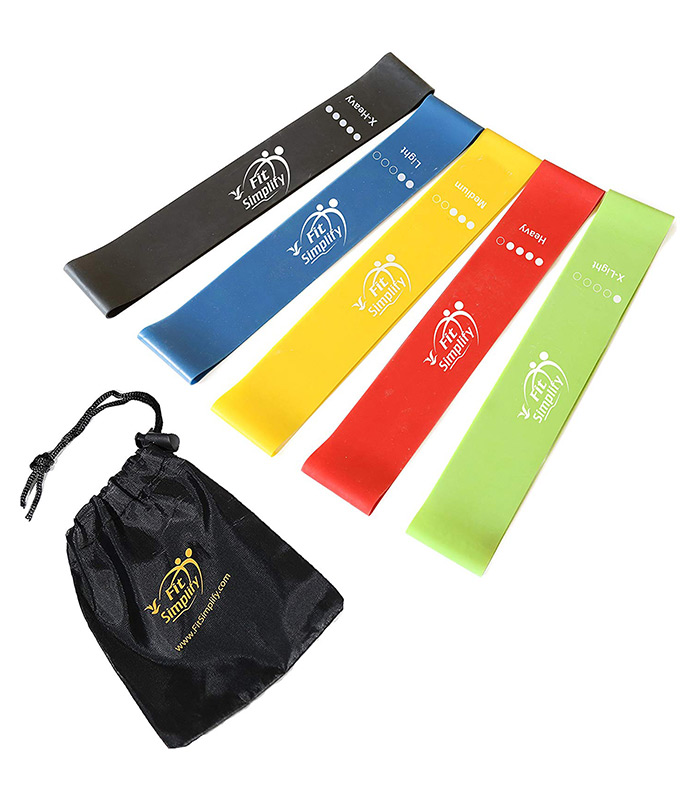
I have these affordable resistance bands at home and use them for both workouts and stretching.
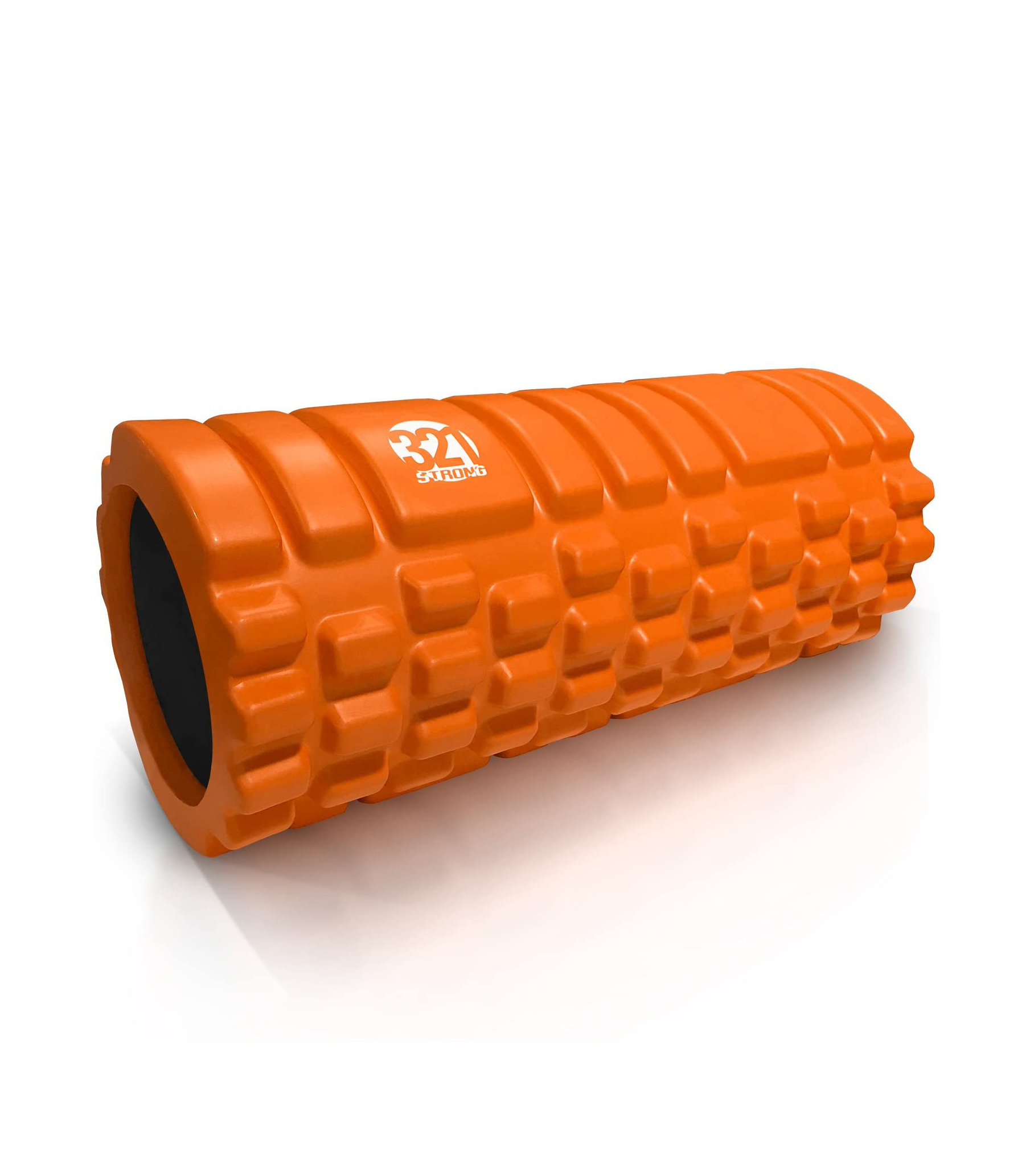
Recovery and stretching is so important. I find a foam roller helps relieve sore muscles and increase my flexibility.
Next: 11 Foods to Eat for a Better Workout
Disclaimer
This article is provided for informational purposes only and is not intended to be used in the place of advice of your physician or other medical professionals. You should always consult with your doctor or healthcare provider first with any health-related questions.
Sarah is lifestyle writer and editor with over 10 years of experience covering health and wellness, interior design, food, beauty, and tech. Born and raised in Los Angeles, she attended New York University and lived in New York for 12 years before returning to L.A. in 2019. In addition to her work at Who What Wear, she held editor roles at Apartment Therapy, Real Simple, House Beautiful, Elle Decor, and The Bump (sister site of The Knot). She has a passion for health and wellness, but she especially loves writing about mental health. Her self-care routine consists of five things: a good workout, “me” time on the regular, an intriguing book/podcast/playlist to unwind after a long day, naps, and decorating her home.
-
 This Founder Shares Why We Should Start Celebrating Rest
This Founder Shares Why We Should Start Celebrating RestBurnout is nothing to be proud of.
By Kia Topps
-
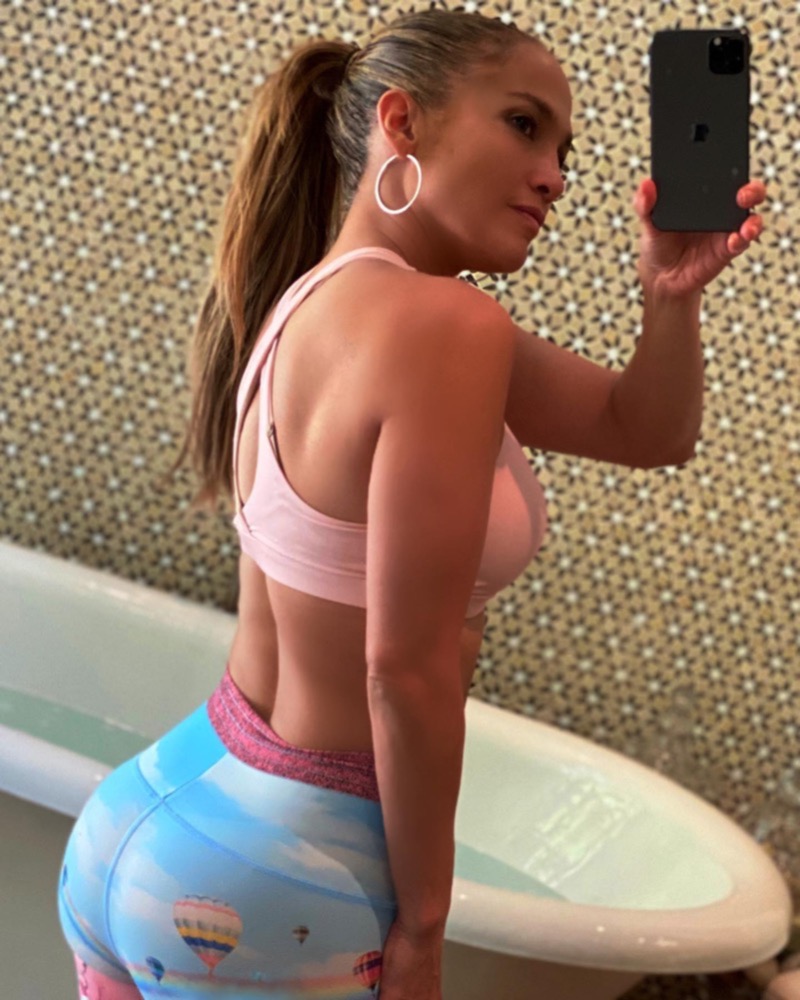 I Asked J.Lo's Trainer for His Very Best Fitness Tips
I Asked J.Lo's Trainer for His Very Best Fitness TipsGunnar Peterson has thoughts on how to get moving this season.
By Kia Topps
-
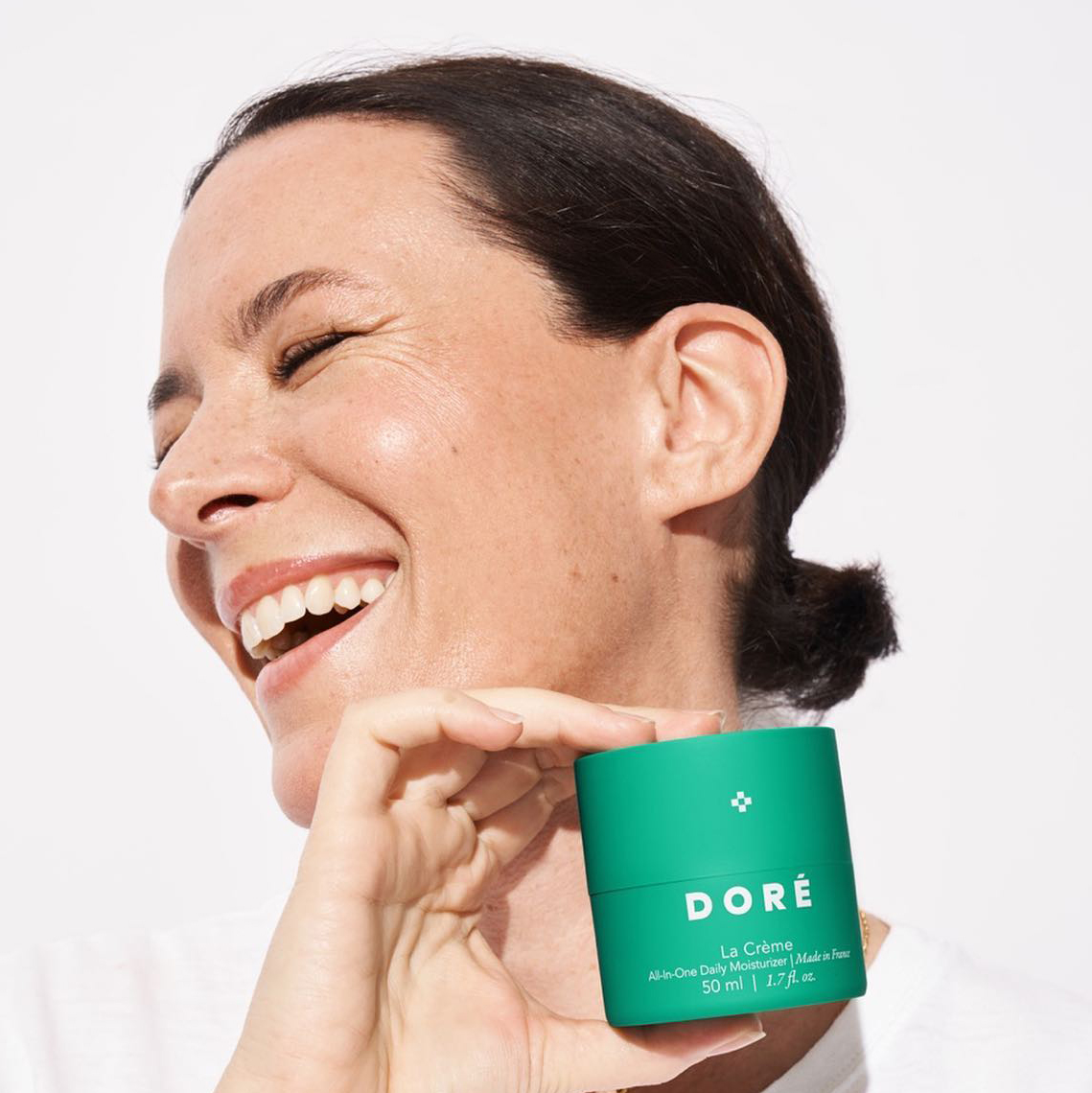 This Style Influencer Turned Founder Shares Her Favorite Ways to Start the Day
This Style Influencer Turned Founder Shares Her Favorite Ways to Start the DayA morning routine from London.
By Candice Aman
-
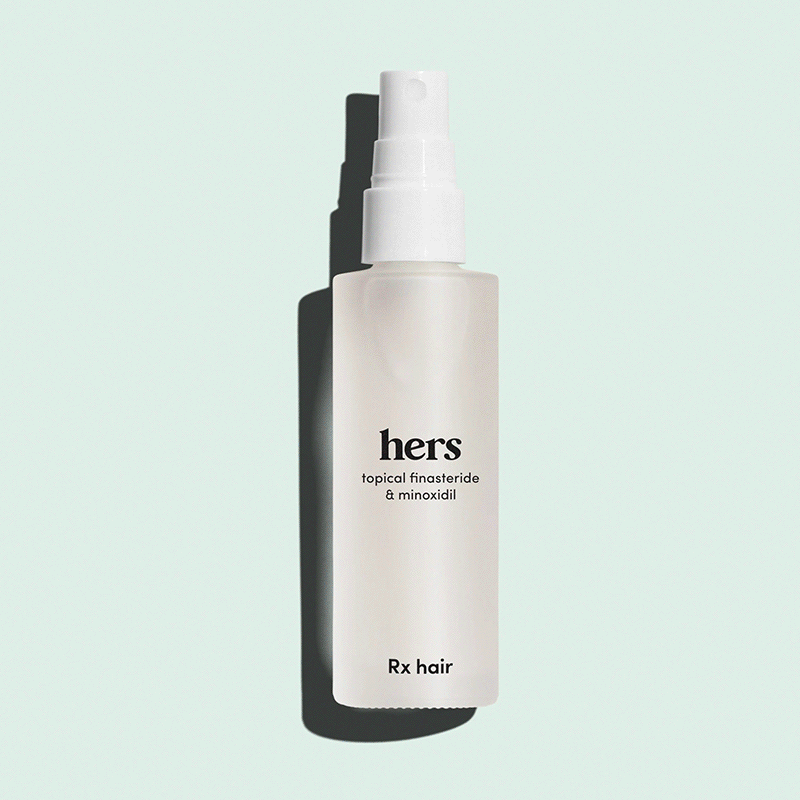 13 Products That Will Step Up Your Self-Care Game From Home
13 Products That Will Step Up Your Self-Care Game From HomeGet that glow from within.
By Natalie Gray Herder
-
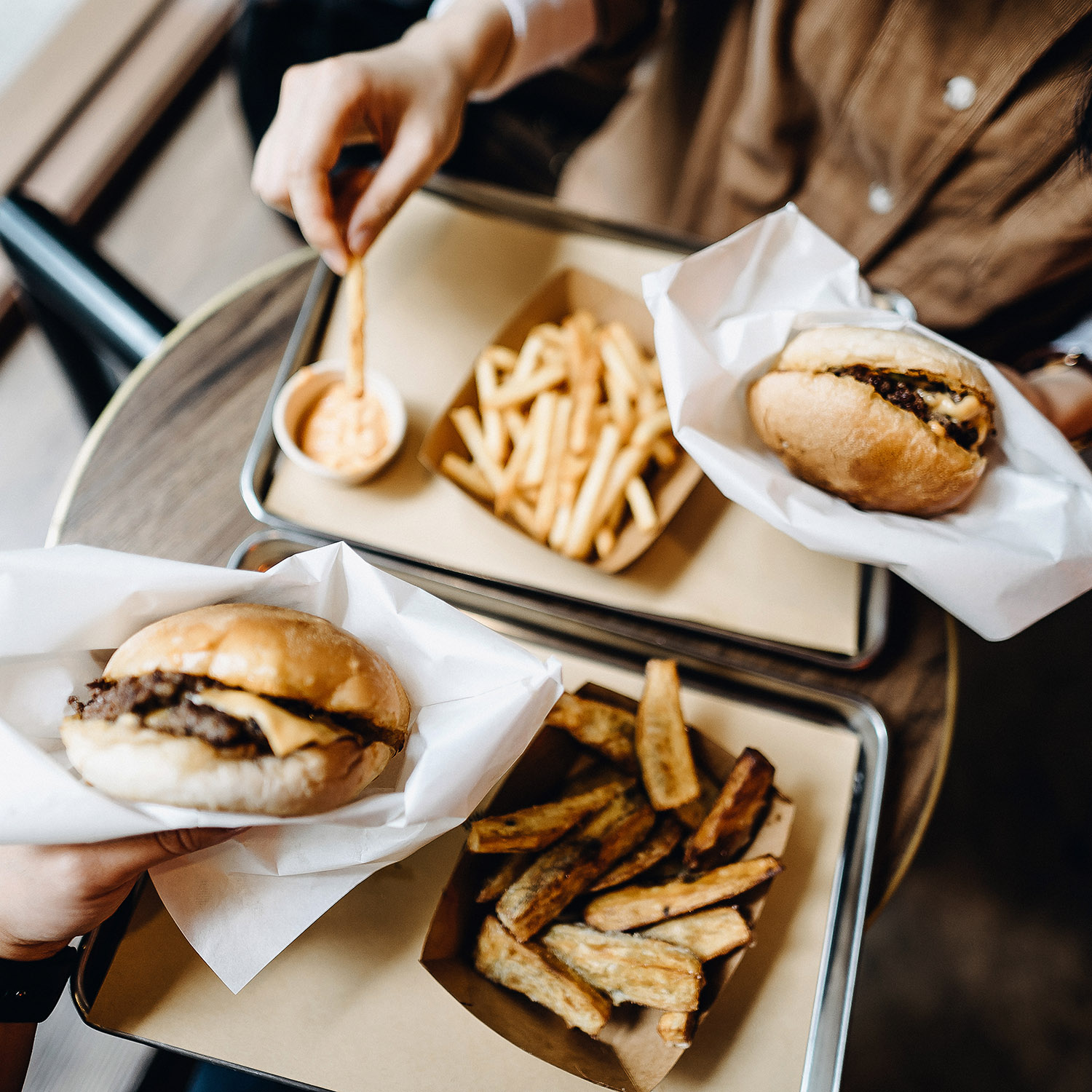 These 8 Foods Are the Worst for Rosacea—Here's What to Eat Instead
These 8 Foods Are the Worst for Rosacea—Here's What to Eat InsteadControl those flare-ups.
By Sarah Yang
-
 If You're Super Stressed Out, These 17 Things Can Make You Feel Better
If You're Super Stressed Out, These 17 Things Can Make You Feel BetterTry them.
By Sarah Yang
-
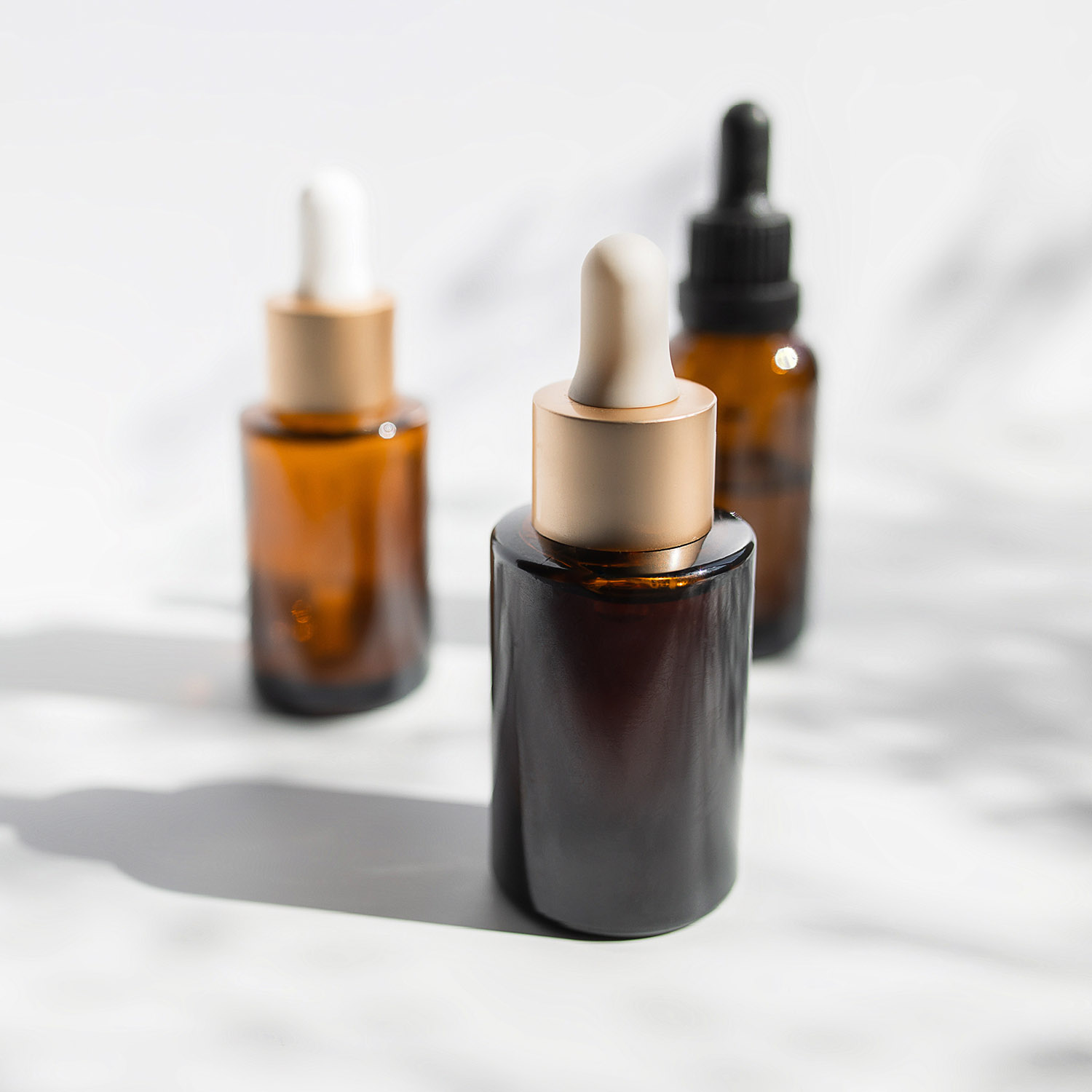 These Essential Oils Will Relieve Your Stress ASAP
These Essential Oils Will Relieve Your Stress ASAPBreathe in. Breathe out.
By Sarah Yang
-
 I Host a Mental Health Podcast—Here Are 5 Important Things I've Learned From It
I Host a Mental Health Podcast—Here Are 5 Important Things I've Learned From ItGive Been Better… HBU? a listen.
By Sarah Yang
